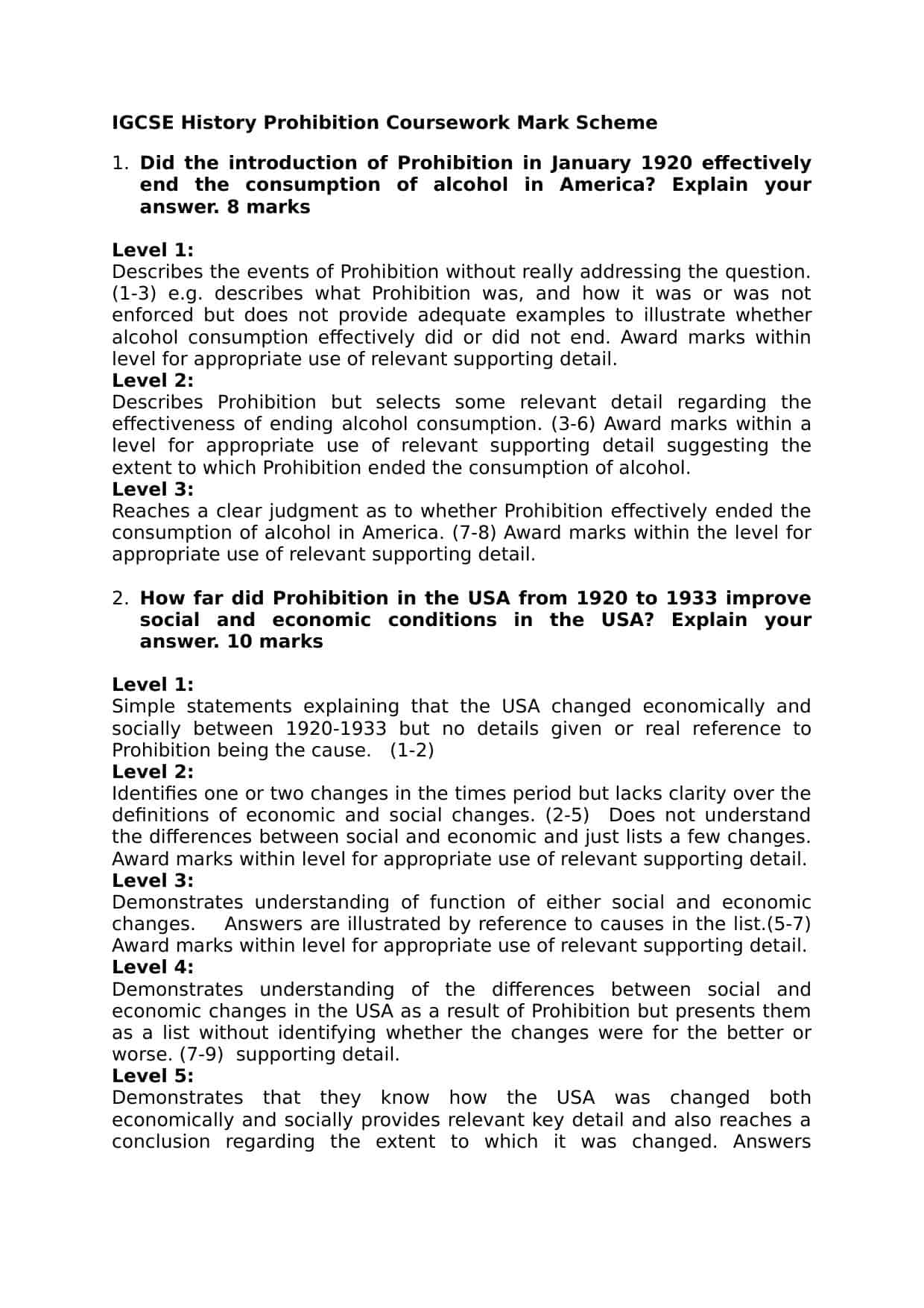When presenting your work, be sure to avoid pretentious, vapid beginnings. The key is to focus on the doer and avoid grand abstractions. Use the past tense whenever possible. Similarly, avoid using the present tense in a history coursework introduction. If you are asked to write a paper on a specific event, focus on the historical event itself rather than its immediate impact.
Avoid pretentious, vapid beginnings
A good history coursework introduction should focus on a specific historic event and support it with relevant historic policies. The introduction should also clearly state the question to be answered, and should discuss different interpretations of the question. It should then support the judgment by stating relevant and credible evidence. The introduction should follow a similar format to an essay. Here are some tips to avoid pretentious, vapid beginnings:
Focus on the doer
Regardless of your level of knowledge, you can make an interesting history coursework introduction by focusing on the doer. A good introduction will include a statement about the topic, such as evaluating the causes of a twentieth century war. It should also make a statement directly answering the question. In addition, the introduction should be clear and concise. Here are some helpful tips to follow when writing an introduction:
Using the past tense
When writing a history coursework introduction, the past tense is the preferred choice. This style is appropriate when you are describing the past, but it may not be appropriate when describing the present. Academic writing has different conventions than ordinary language. Here are some examples. Using the past tense in a history coursework introduction will ensure that the reader understands the content and style of your paper.
The past tense is commonly used for discussions of completed works, events or actions. For instance, you would use the past tense when talking about a study in which mice were tested for hormones. However, if you discuss the results or limitations of a study in the past, you would use the present tense. However, the past tense would be used for studies done in a specific time period.
Using the past tense in re-writing your history coursework introduction should also be consistent with the rest of your coursework. Use the past tense in the Methods section when discussing actual events, like how many people died in the Vietnamese war. However, you should use the present tense when discussing facts, such as the nutritional content of cornmeal or its cost. These facts, unlike the length of the coastline of Vietnam, are likely to change. Moreover, you should use the present tense when describing the findings and conclusions.
Choosing the right past tense for a history coursework introduction can be tricky because the perfect tense is different from the other two tenses. The past perfect describes a past action that happened before another action occurred, while the present perfect describes actions that took place in the present. The future perfect describes an action that will happen in the future. A history coursework introduction is the perfect place for this style.
When writing a history coursework introduction, using the past tense is more appropriate for controversial studies, papers that change the position of a particular topic, and papers that discuss the methodology of a particular study. The present tense, on the other hand, can suggest a bias or incorrect opinion. However, a history coursework introduction should always be written in the present tense.


